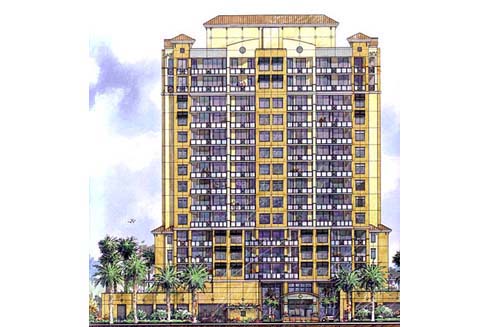SUBDIVISION REGULATION(S)
Guiding Growth: Understanding Subdivision Regulations in Real Estate Development
Introduction:
Defining Subdivision Regulations:
Subdivision Regulations are local ordinances that lay down a set of minimum standards that must be met before a subdivision is approved for development. These regulations cover a spectrum of factors critical to the effective functioning and aesthetic appeal of subdivisions, including lot size, street width, curbing, lighting, drainage, and other necessary improvements. Compliance with these regulations is vital for obtaining approval and ensuring the responsible growth of communities.
Key Components of Subdivision Regulations:
Lot Size and Dimensions:
Subdivision Regulations typically define minimum and maximum lot sizes, ensuring a balance between density and the preservation of green spaces. Dimensional standards for lots contribute to a harmonious layout within the subdivision.
Street Width and Design:
The width and design of streets are crucial elements in subdivision planning. Regulations specify the minimum width of streets, considering factors such as traffic flow, parking, and pedestrian safety. Thoughtful street design contributes to the overall functionality and aesthetics of the community.
Infrastructure Improvements:
Subdivision Regulations address essential infrastructure improvements, including curbing, lighting, and drainage systems. These standards aim to enhance the quality and sustainability of the subdivision, ensuring the well-being of residents and minimizing environmental impact.
Construction-Quality Standards:
If a developer intends to transfer streets and public areas to the local government for maintenance, Subdivision Regulations often mandate minimum construction-quality standards. Compliance with these standards is a prerequisite for the local government to accept responsibility for ongoing maintenance.
Importance of Subdivision Regulations:
Orderly Development:
Subdivision Regulations provide a framework for orderly and well-planned development. By establishing minimum standards, they contribute to the creation of communities that are both functional and aesthetically pleasing.
Infrastructure Resilience:
The regulations play a crucial role in ensuring the resilience of infrastructure within subdivisions. Properly designed streets, drainage systems, and lighting contribute to the long-term sustainability of the community.
Community Well-Being:
Compliance with Subdivision Regulations supports the well-being of residents. Thoughtful planning, adherence to safety standards, and the inclusion of green spaces contribute to a livable and enjoyable community environment.
Environmental Considerations:
Subdivision Regulations often include provisions for environmental considerations, promoting responsible land use and minimizing the impact on natural resources. This aligns with broader goals of sustainability and conservation.
Environmental Considerations:
Subdivision Regulations often include provisions for environmental considerations, promoting responsible land use and minimizing the impact on natural resources. This aligns with broader goals of sustainability and conservation.
Conclusion:
In the ever-changing landscape of real estate development, Subdivision Regulations emerge as a cornerstone for responsible growth. By setting minimum standards for various aspects of subdivision planning, these regulations guide developers, protect the interests of residents, and contribute to the creation of sustainable and thriving communities. As the guardians of orderly development, Subdivision Regulations shape the future of neighborhoods, fostering environments where residents can truly call home.
MORE REAL ESTATE TERMS
A, B, C, D, E, F, G, H, I, J, K, L, M, N, O, P, Q, R, S, T, U, V, W, X, Y, Z
Featured New Home

Featured Mortgage Brokers
- CATALYST LENDING INC, GREENWOOD VILLAGE, CO
6530 S YOSEMITE ST STE 310
GREENWOOD VILLAGE, CO 80111 - CHARTER WEST NATIONAL BANK, GRAND ISLAND, NE
714 N DIERS AVE
GRAND ISLAND, NE 68803 - NEIGHBORS FINANCIAL CORP, SACRAMENTO, CA
2831 G ST STE 200
SACRAMENTO, CA 95816 - Harvard Mortgage, mortgage broker in Albuquerque, NM
9551 Paseo del Norte NE
Albuquerque, NM 87122 - FLAGSTAR BANK FSB, VIENNA, WV
510 GRAND CENTRAL AVE
VIENNA, WV 26105